Recently, the highest-ranking "Marketing Summit Storm" meeting was held in Lhasa. At the meeting, a small survey was conducted on sales managers: the growth rate of the auto market next year. Sixteen people think that the growth rate is between 5% and 10%, and 8 people are 0-5%.
Compared with 48% in 2009 and 20% in 2010, the decline in the growth rate of the auto market in 2011 was a bit chilling.
However, I do not want to use the concept of "car market is grim" because this fall is regressive.
According to statistics from the National Bureau of Statistics, industrial growth and investment in fixed assets both slowed down in July, and China’s economic activity continued to slow down. Consumer prices rose due to rising food prices. The economists' judgment is that industrial added value and investment slowdown are the result of the waning of the effect of stimulus policies, and reflect the government's strict control over speculation, pollution, and energy-intensive industries in the real estate market.
The economic downturn that began in May was not the deterioration of the economic situation but the result of active regulation. Last year, China’s economic rebound reversed. The driving force was the government’s strong stimulus policy. The main direction was to expand investment, including 4 trillion yuan of government investment and nearly 10 trillion yuan of loans. This year’s investment can no longer repeat the story of last year. . Consumption and exports have shown steady growth, but they are not enough to compensate for the GDP fallback caused by a decline in investment growth. GDP growth peaked in the first quarter and began to fall in the second quarter. It is expected to be 9% in the third quarter and 8% in the fourth quarter. The impact of macroeconomic regulation may continue into the first half of next year, and the GDP growth rate for the next year may be 8%.
The regulation of the macro economy has begun to affect the domestic auto market. The monthly decline in the growth rate of automobile sales is an obvious signal. This effect will become more apparent in the second half of the year and the 2011 auto market will not repeat the 2009 madness.
Domestic media have been arguing about auto inventory, but so far no one has ever figured out how much inventory is. Now look, inventory has a huge impact on car production and sales in the second half of this year and the first half of next year. In the first half of 2009, about 6 million vehicles were sold, and there were few stocks and the market was in short supply. In the second half of the year, 7.6 million units were sold, and supply was still very tight. In the first half of this year, manufacturers sold and sold 9 million vehicles, but the inventory of distributors increased by more than 2 million. This kind of inventory is not a reasonable level to discuss here, but it should be analyzed that the sales of automobiles in the first half of the year actually increased by only 1 million vehicles. Less than 20% faster than 50% of wholesale growth.
Huge inventory is a huge pressure on car sales throughout the year. Especially in the case of economic downturn, the automobile market is unlikely to pull up the “headâ€. How to handle inventory is an important part of the second half of the year. The annual production (manufacturer's wholesale) volume may be 17 million, and the terminal sales may be 16 million to 16.5 million, leaving more than 1 million inventories, which is ideal. Therefore, the main task in the second half of this year is not to continue to increase production quickly, but to regulate and control inventory to a reasonable period. This cycle is not a so-called one-month or two-month cycle, but dealers' ability to bear capital.
The greater risk of a fall in growth is the expansion of production capacity. FT Chinese commented that growth in emerging markets does not reduce the cyclicity of the industry. In an industry with intense competition and long investment lags, overly optimistic sales forecasts may allow automakers to overexposure to a market, or bear a heavy burden when the production line is under-employed when prosperity turns into a downturn. Some manufacturers over-invested in Brazil during the boom of 10 years ago. As a result, they suffered heavy losses in 2002 when the market fell.
PVC Wire Harness Protecting Sleeving

1.PVC Protection Sleeving, Bundles cables at any point along the run, easily avoiding large connectors and plugs for quick and easy
installation
2.Zipper Wire Harness Sleeving, provides maximum security for cables, unlike other side-entry or split braided sleeving that can easily
be removed by accident
3. Wire Protection Sleeve, Heavy duty pvc construction ensures great durability
4. Wire Harness Protecting Sleeving and Cloth Wire Sleeving is ideal for quick and easy cable management in homes, offices, and even industrial facilities.
5.Certificated by UL,ROHS, REACH,HALOGEN FREE
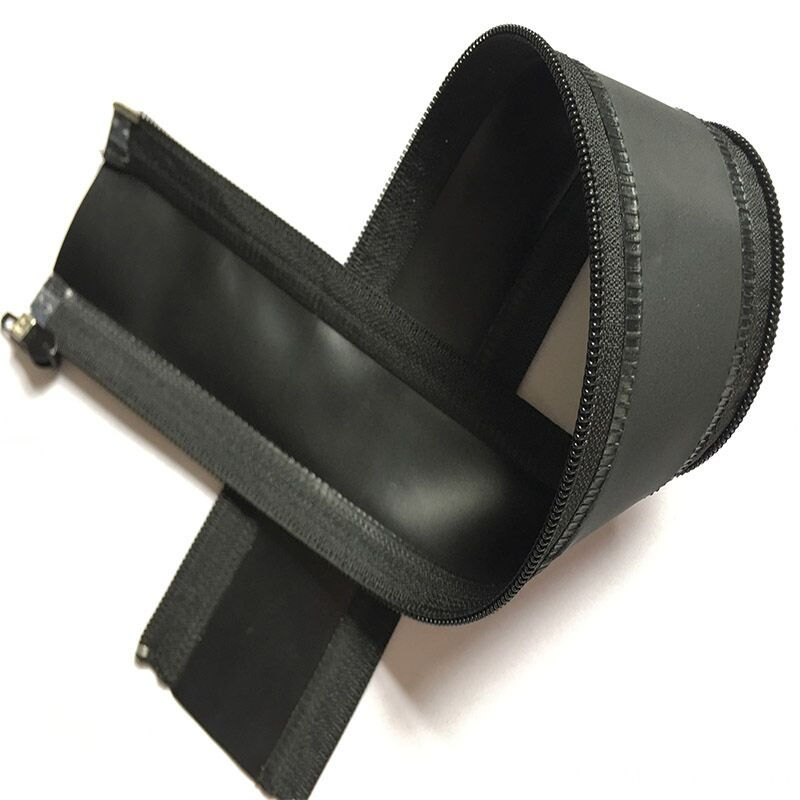
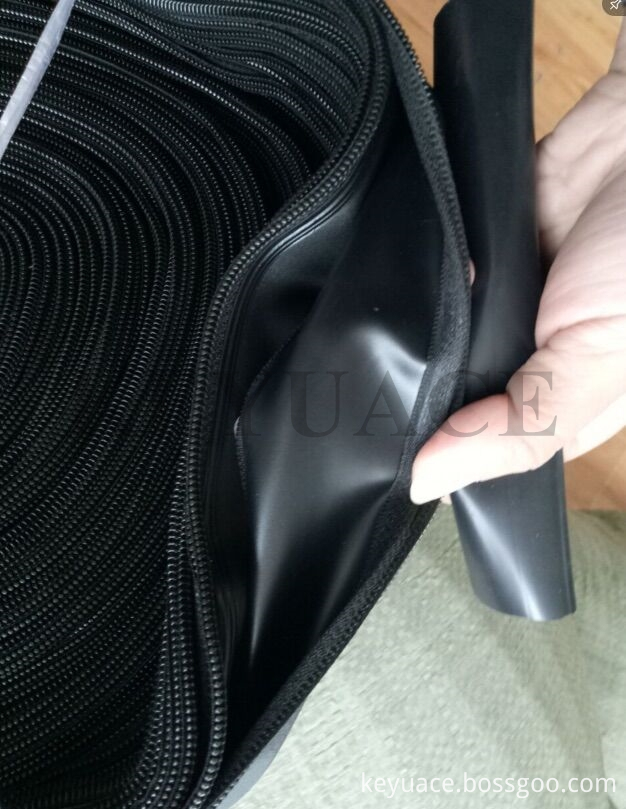
What is the Details of our Zip Up PVC Cable Sleeving?
|
Usage |
Cable/wire Bundling,Protection,Management Solution |
|
FOR what Field |
Ideal for quick and easy cable management in homes, offices, and even industrial facilities |
|
Sleeve Material |
PVC |
|
Zipper Material |
PVC |
|
Size |
25mm ID*3mL |
|
Color |
Black |
|
Packaging |
1pc/zipr bag,100PCS/Ctn,18.50Kgs/Ctn |
| Carton Size | 53*53*40cm or customized |
| Free Sample | Available |
| Full Size Sample Lead time | As usual 3-7 working days |
| Production Lead time | 10-15days |
Application:
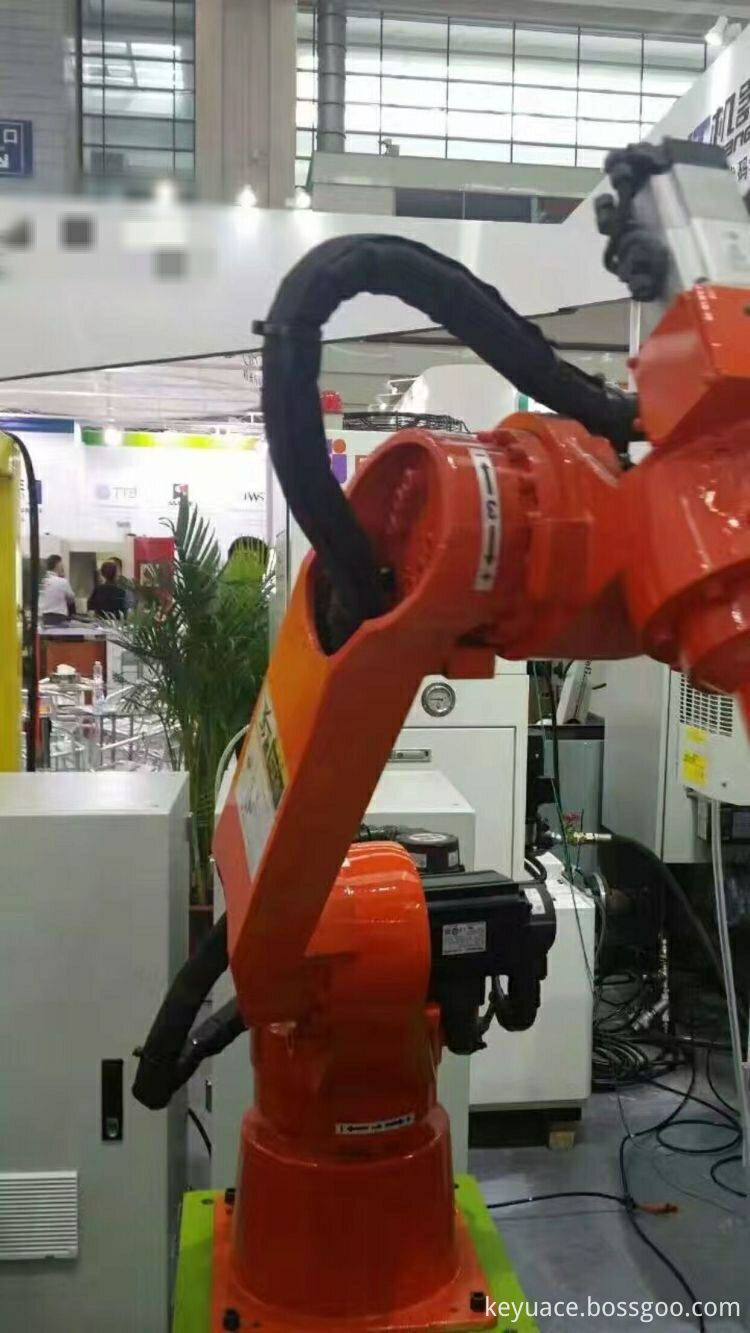
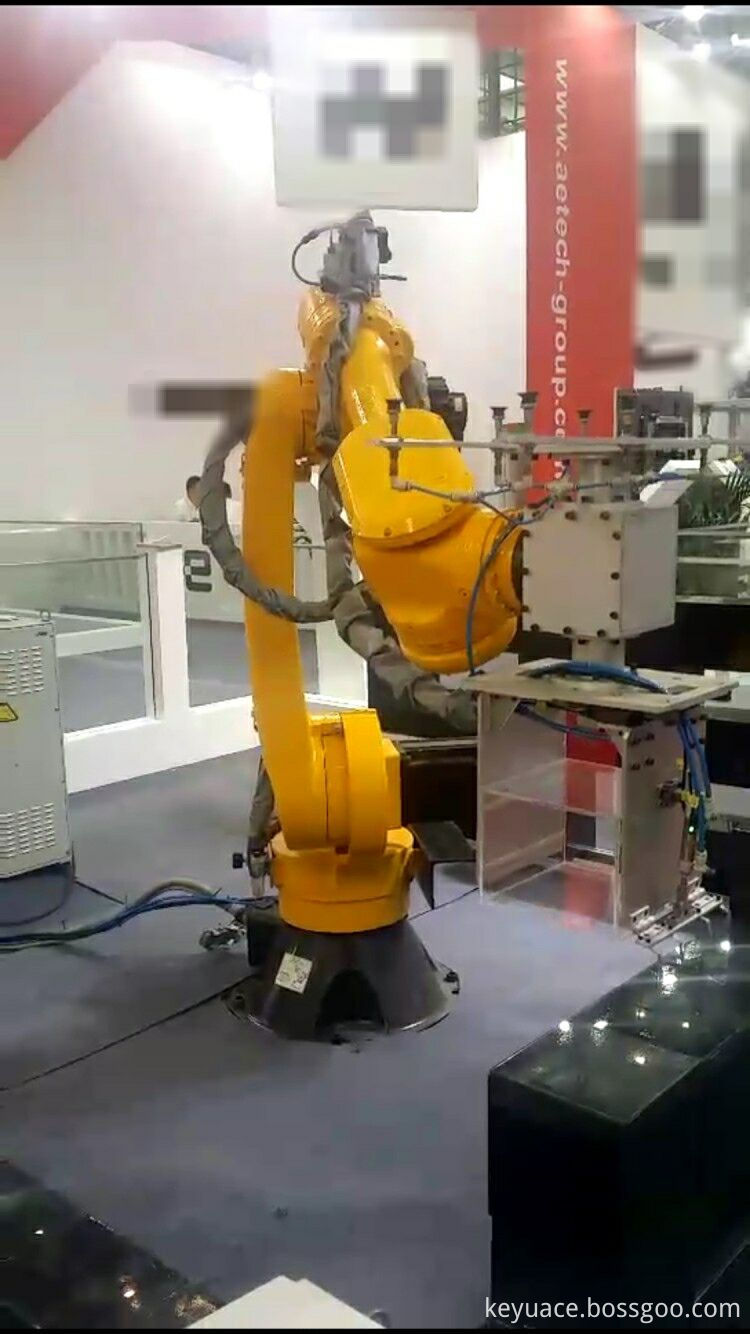
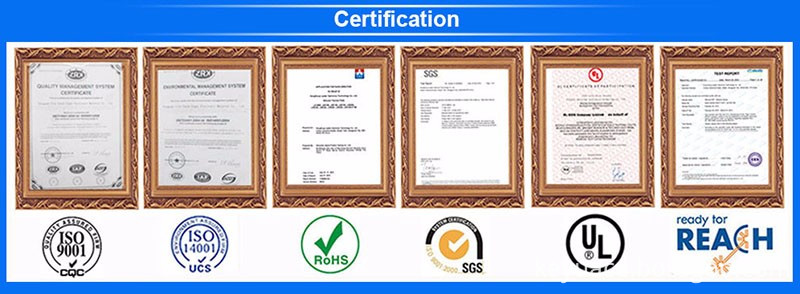
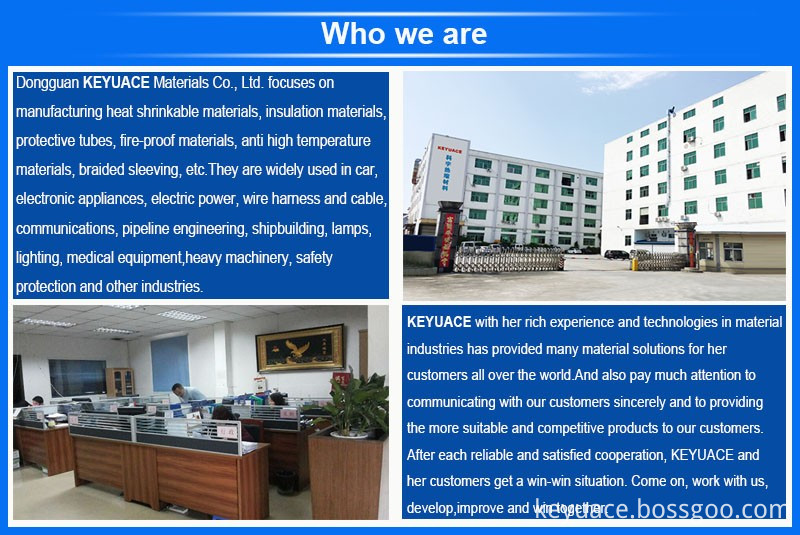
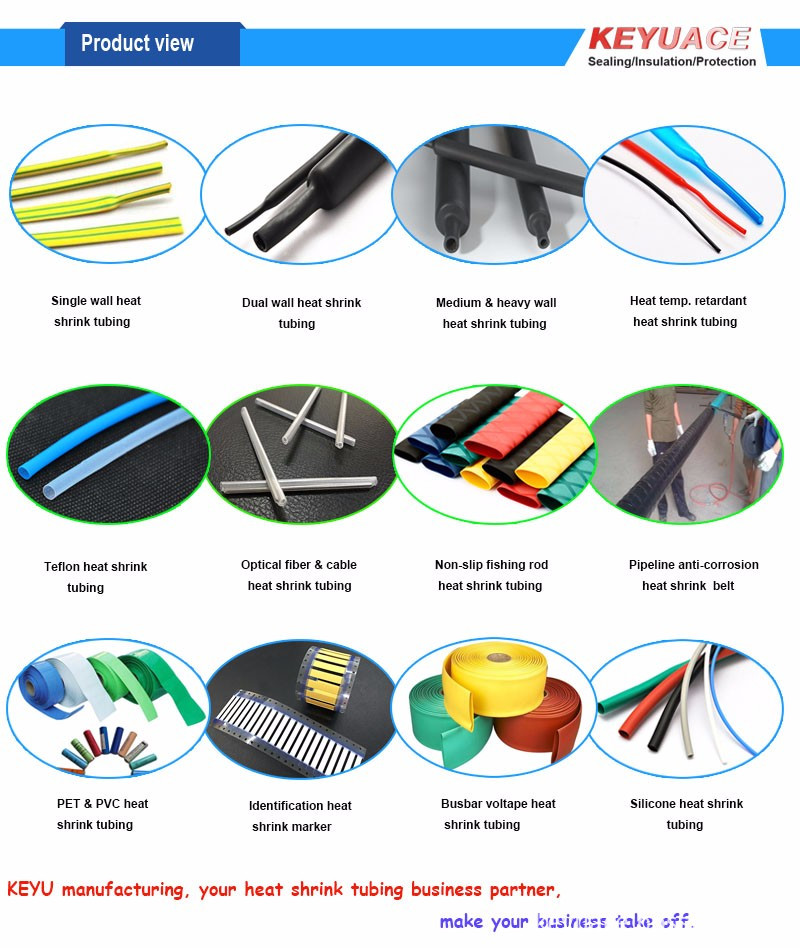
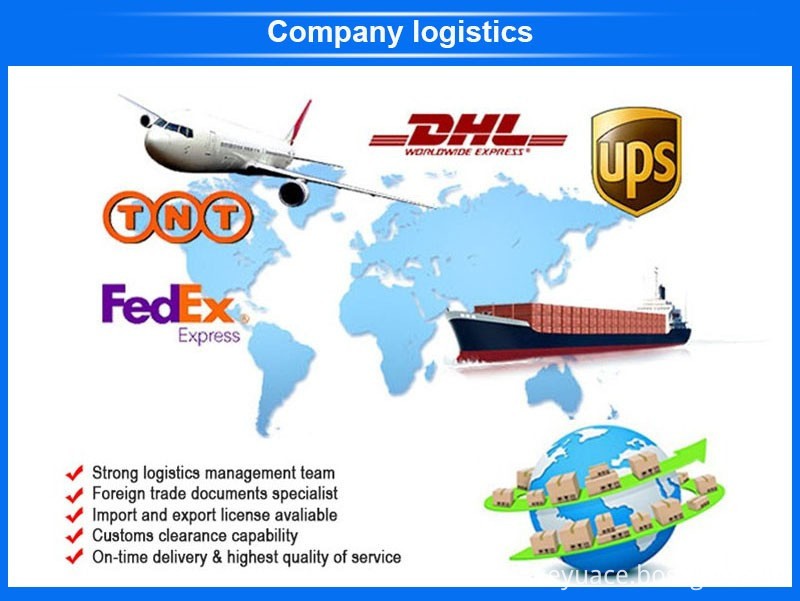
Wire Harness Protecting Sleeving
PVC Protection Sleeving,Wire Harness Sleeving,Wire Protection Sleeve,Cloth Wire Sleeving
KEYUACE Materials Co., Ltd. , http://www.insulationtubing.com